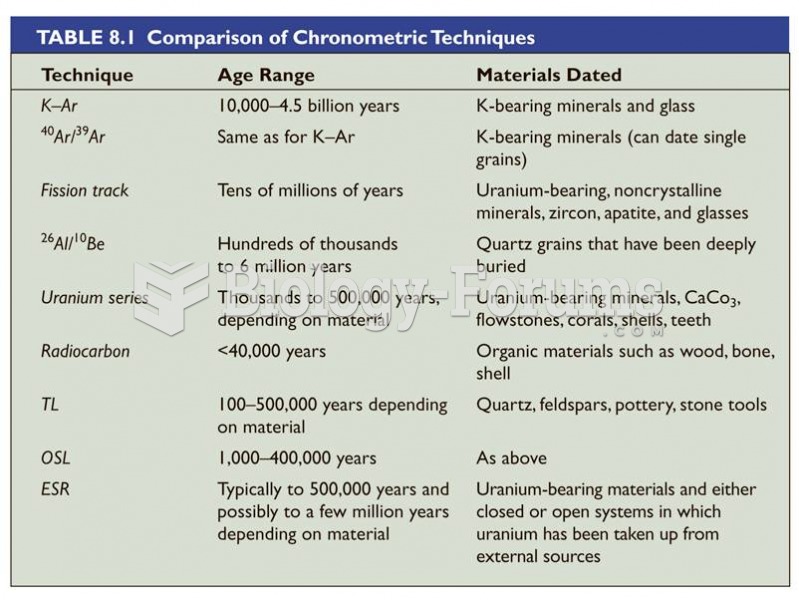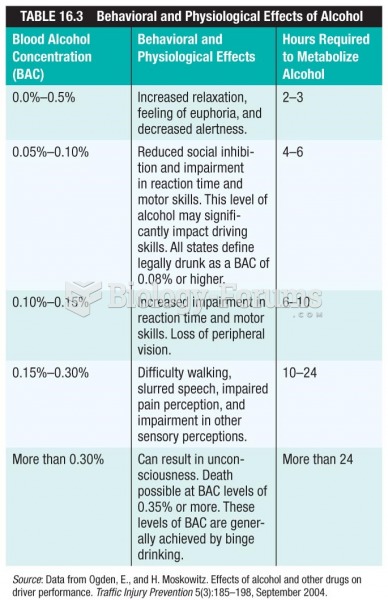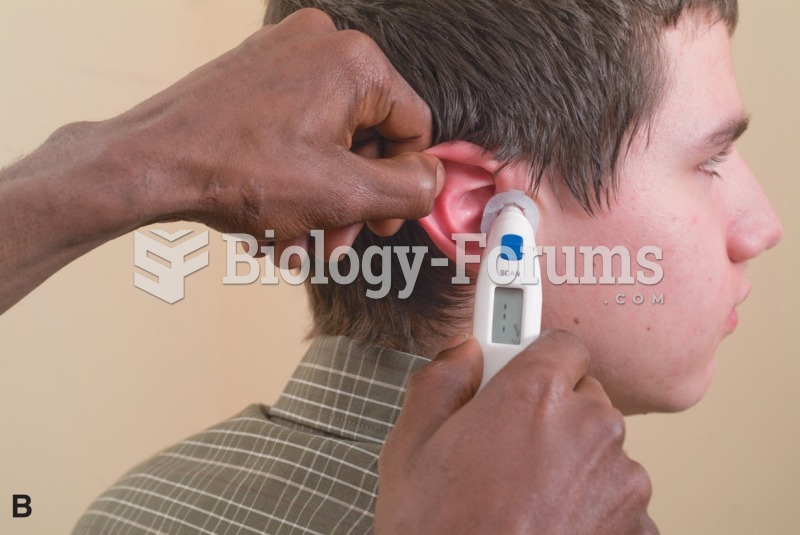Answer to Question 1
Four major categories of mechanical devices used to measure physiological reactions are:
(1) Eye-tracking monitor: measures unconscious eye movements.
(2) Pupilometer: observes and records changes in the diameter of a subject's pupils.
(3) Psychogalvanometer: measures galvanic skin response (GSR), which is a measure of involuntary changes in the electrical resistance of the skin.
(4) Voice-pitch analysis: gauges emotional reactions as reflected in physiological changes in a person's voice.
Answer to Question 2
Physical phenomena may be the subject of observation study. Physical-trace evidence is a visible mark of some past event or occurrence. Physical traces often involve artifacts, which are things that people made and consumed within a culture that signal something meaningful about the behavior taking place at the time of consumption. Another application of observing physical objects is to count and record inventories through retail or wholesale audits, allowing researchers to investigate brand sales on regional and national levels, market shares, seasonal purchasing patterns, and so on. An observer can record physical-trace data to discover information a respondent could not recall accurately. A pantry audit is an example.
Content analysis obtains data by observing and analyzing the contents or messages of advertisements, newspaper articles, television programs, and the like. Content analysis studies the message itself and involves the design of a systematic observation and recording procedure for quantitative description of the manifest content of communication. This type of analysis often counts the frequency of themes or occurrences within the hermeneutic unit being studied.







